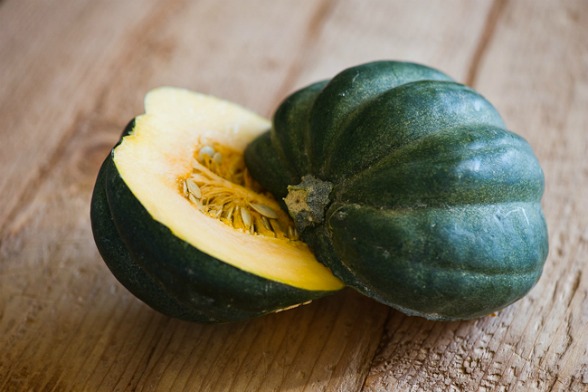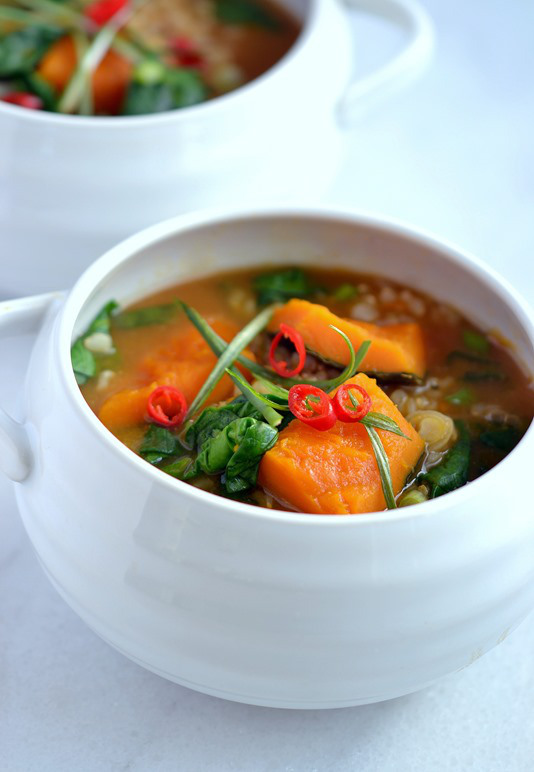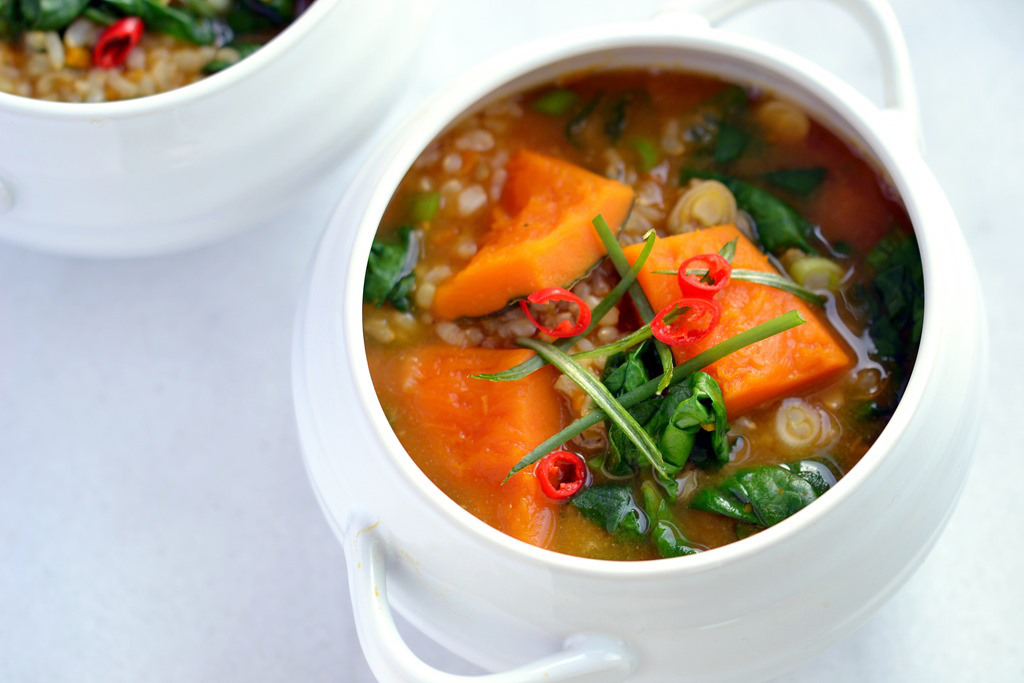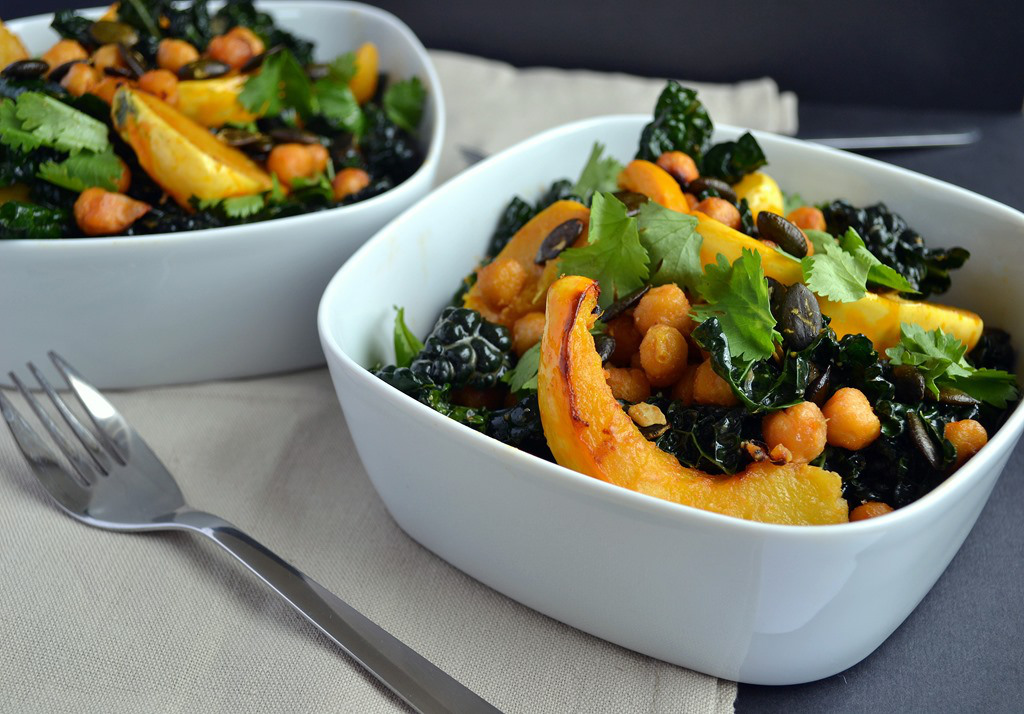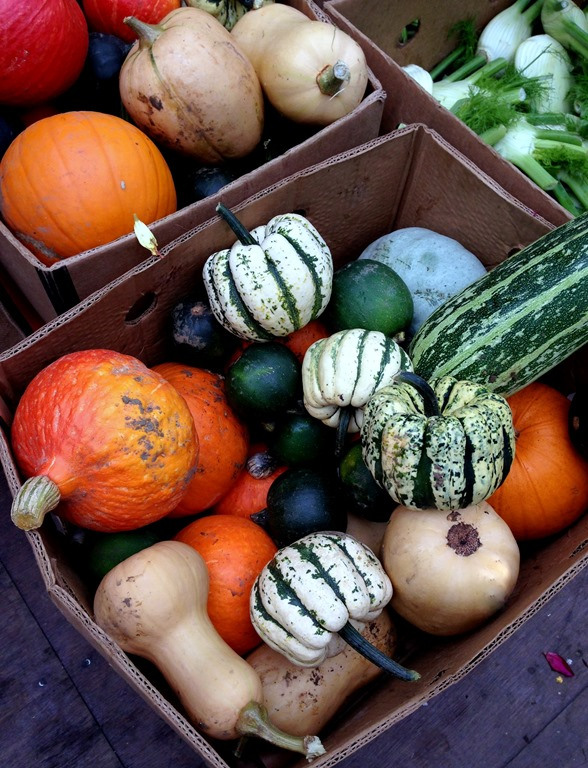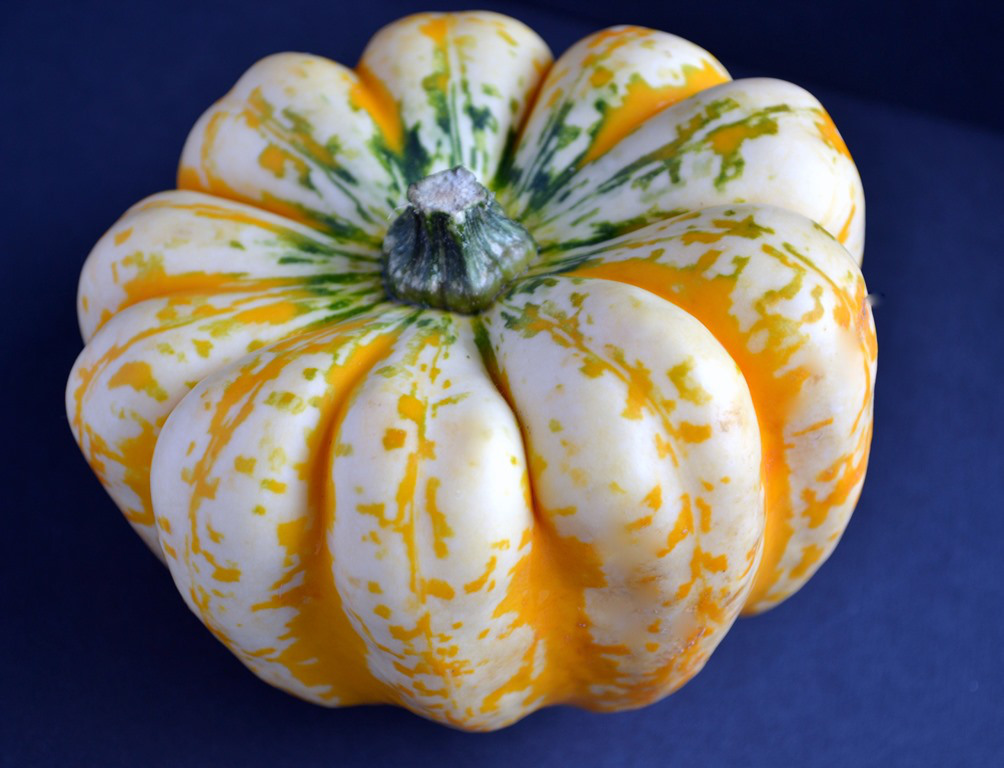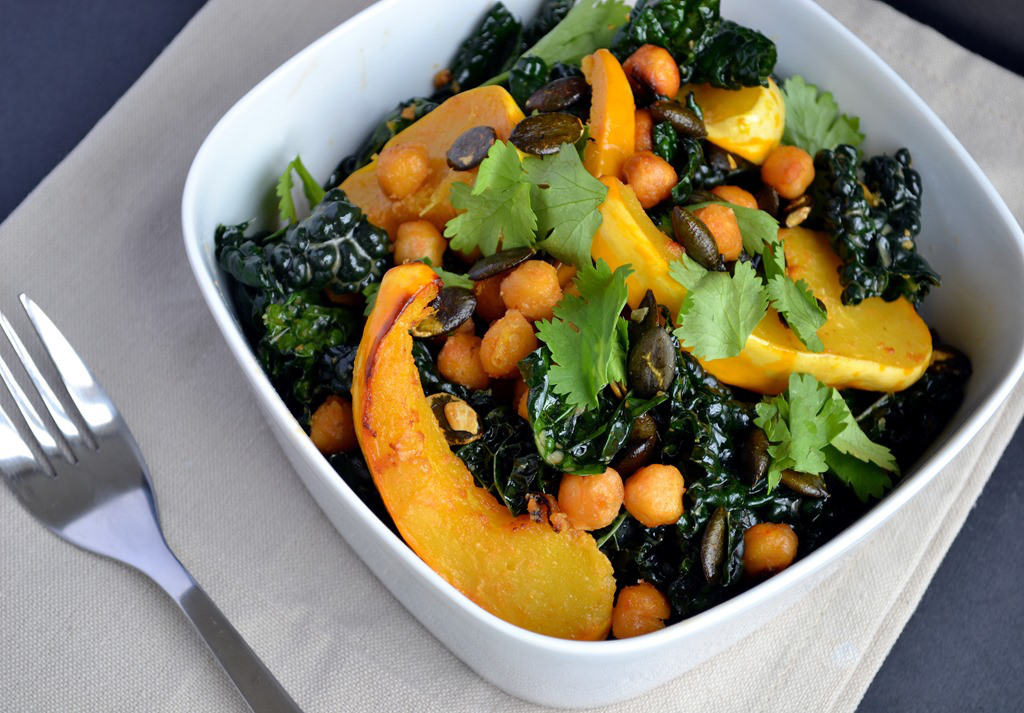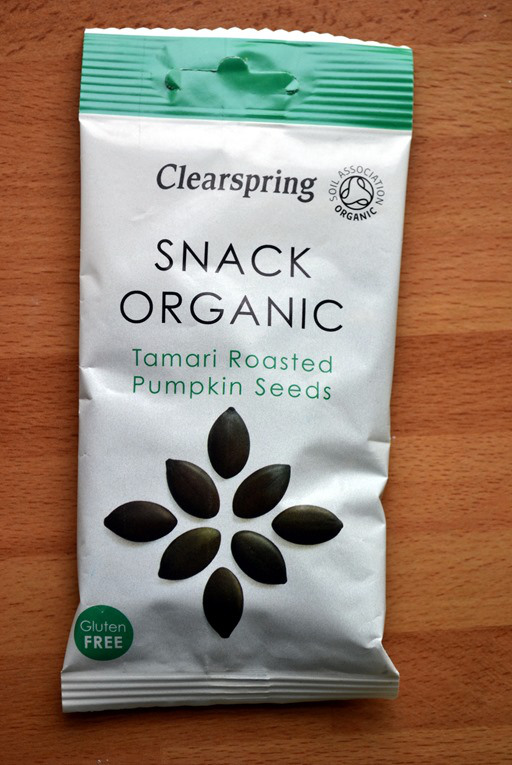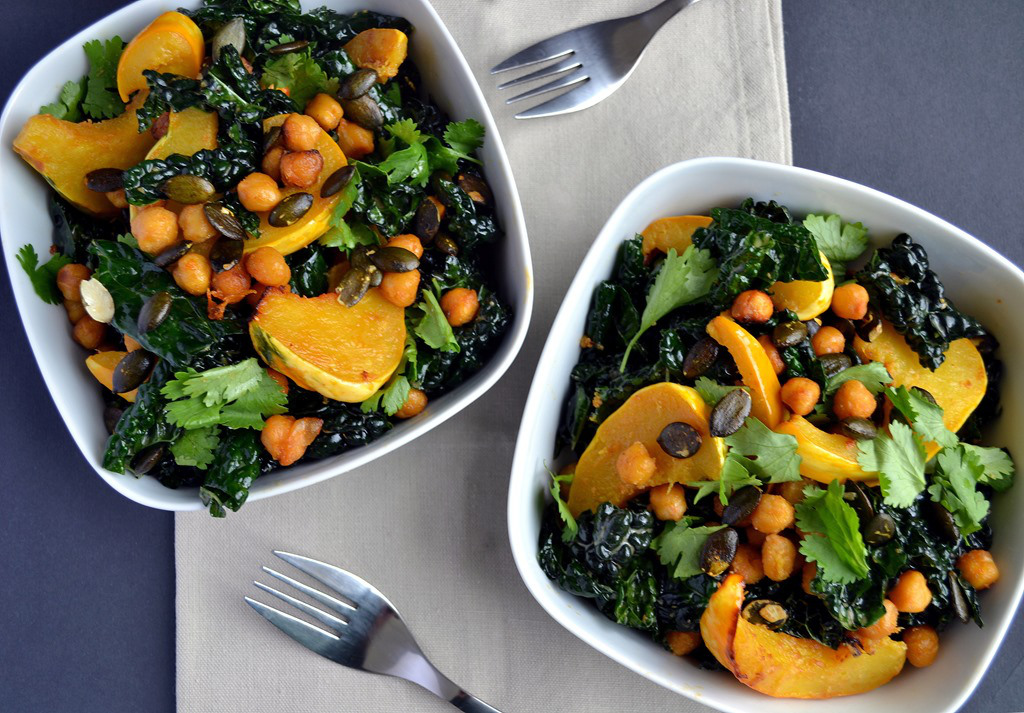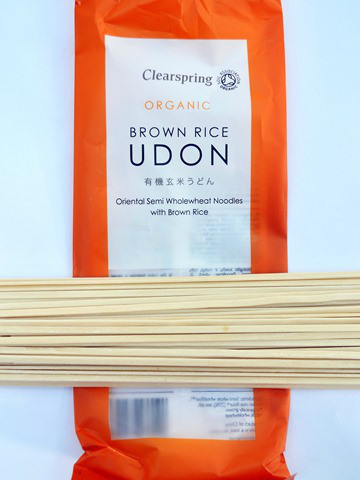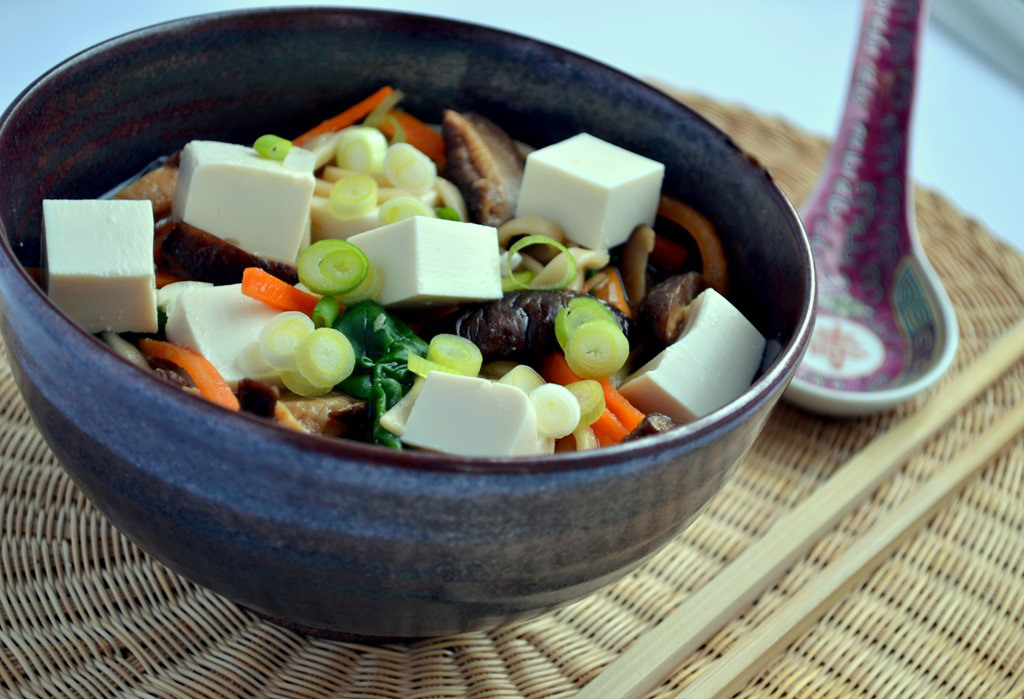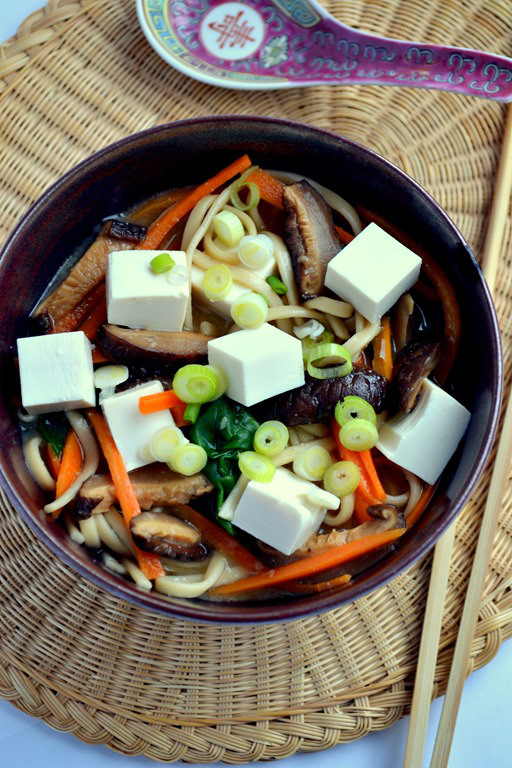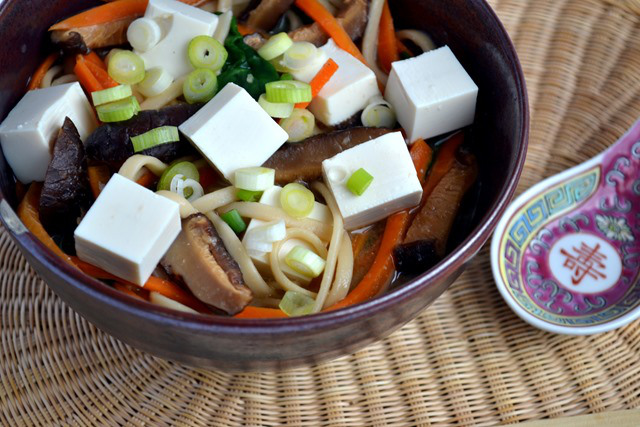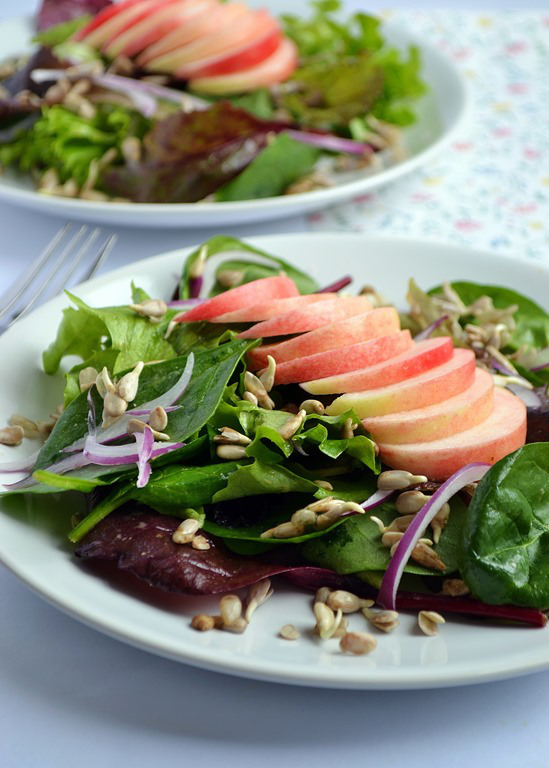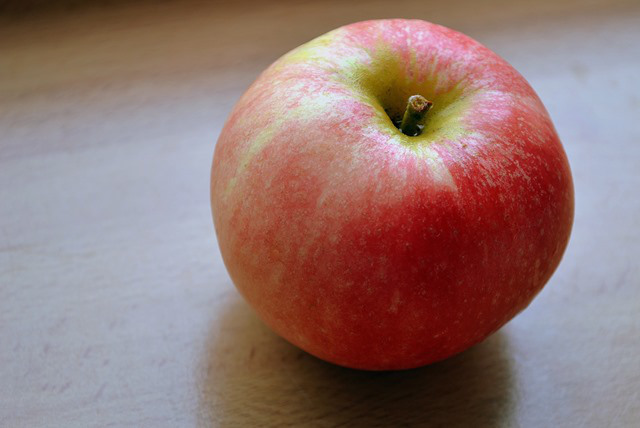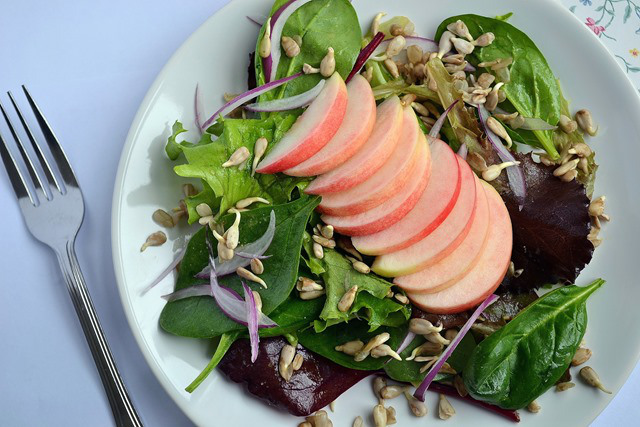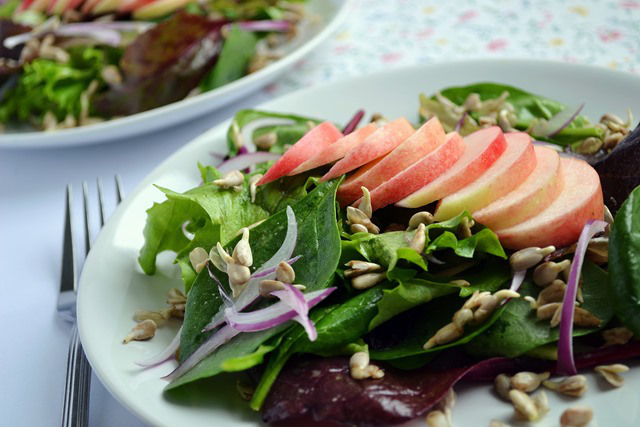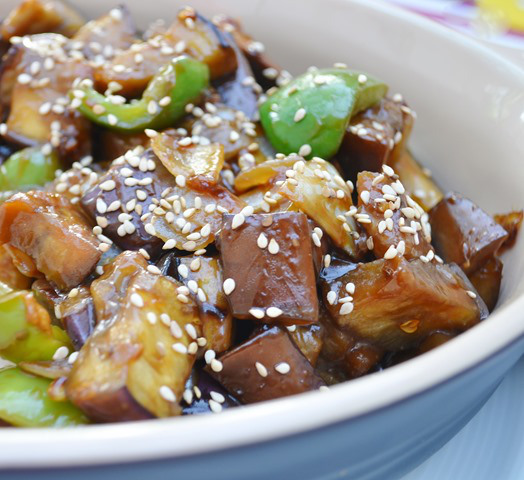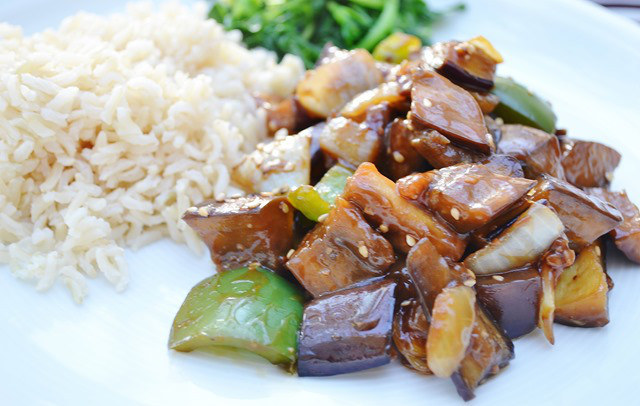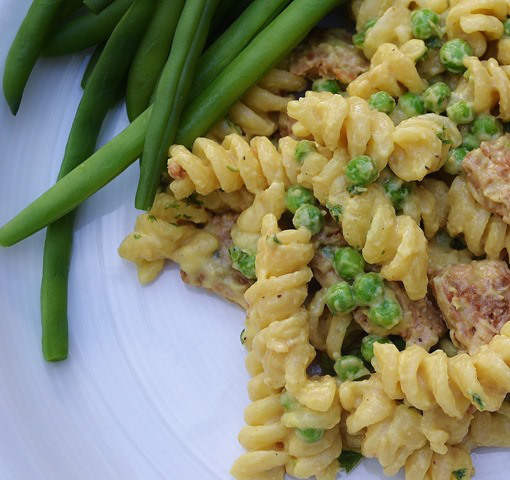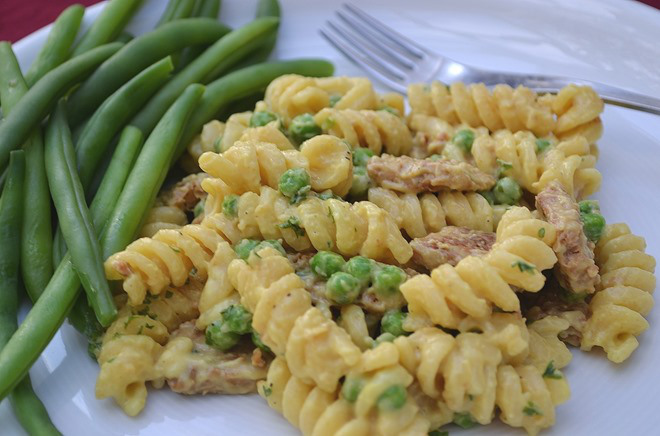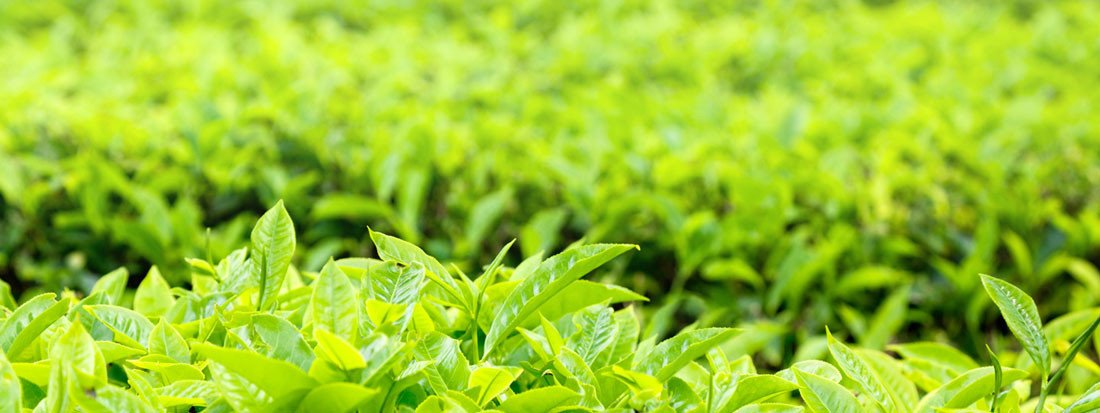
I’ve talked a lot about Clearspring before on the blog, but I really do love the company and want you to try their products for yourselves! Their Japanese range is what I’m most familiar with, but it turns out they have 3 different product ranges: “Authentic Japanese”, “Organic Fine Foods” and “Free From Range”.
As well as the huge range of different items available, what I especially love about the brand is their dedication to quality ingredients. They even have a “brand promise” on their website which states:
• Authentic and traditional recipes
developed by master artisan producers.
• 100% vegetarian / vegan foods and
ingredients.
• Wholesome and great tasting daily foods
for optimum nutrition.
• No artificial additives, MSG, colourings,
preservatives or added refined sugar.
• No hydrogenated fats or palm oil
• Ethically sourced foods which support
producer communities.
Pretty impressive, no?
As mentioned, all Clearspring foods are free from added refined sugar and dairy but many are also free from gluten, wheat and nuts too if that’s a concern for you. All are clearly marked as such and you can find listings of these products under the “free from” section on their website. 
I recently had the opportunity to try some of their new-to-me products and am excited to share with you today.
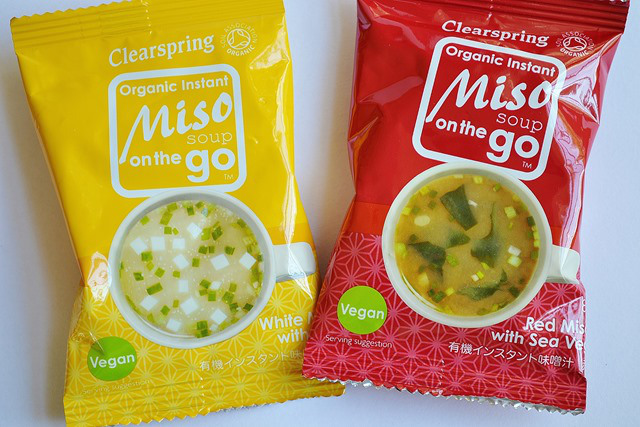
Organic Instant Miso Soup on the go: These are convenient single serving freeze dried blocks of organic instant miso soup. They come in 2 varieties- white miso with tofu and red miso with sea vegetables. I loved these, especially the red variety, as I love anything with seaweed. I’ve eaten these up at home but they’re great for if you’re out and about too- you can simply ask for a cup of hot water in a coffee shop, dissolve the little block in the water and you’ve got yourself a nourishing snack 
I use miso a lot in my cooking and love the depth of flavour it adds to sauces, dressings, marinades- Clearspring have a whole range of varieties- you’ll always find a pouch of their sweet white miso in my fridge.
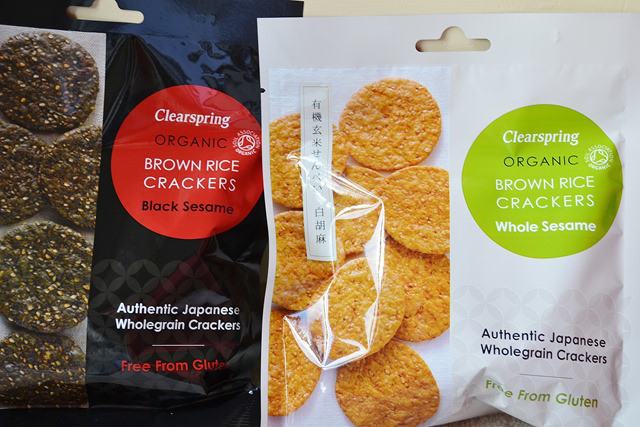
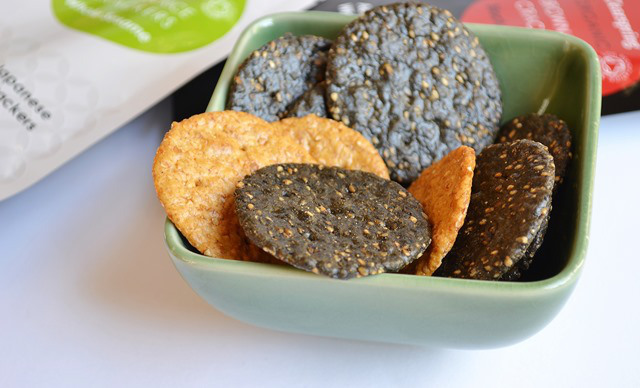
Organic Black and White Sesame Brown Rice Crackers: Most crackers out there are not as good for you as they might claim, full of preservatives or merely refined flours lacking in nutrition. You won’t find any nasties in these crackers whatsoever, just pure, unadulterated goodness.
They’re light and crisp but unlike potato chips/crisps they don’t seem to get crushed easily, so again they’re a good snack to stash in your handbag. We enjoyed them as pre-dinner nibbles.
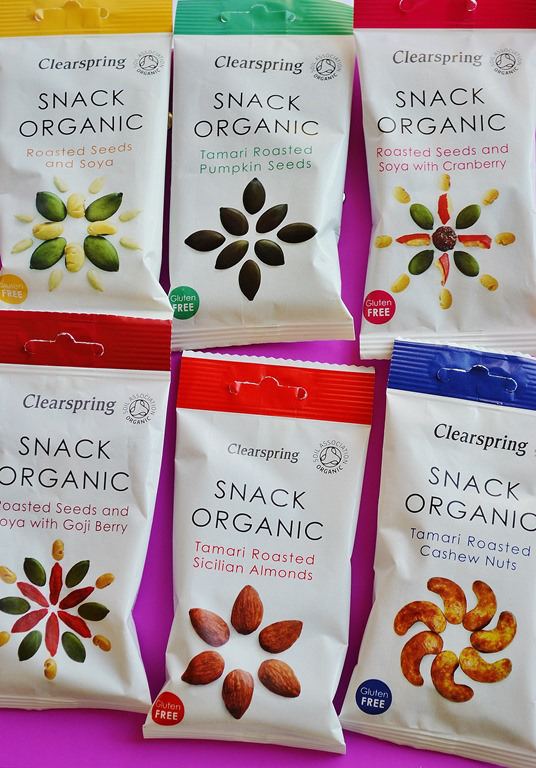
Organic Roasted Seed + Nut Snacks:
You’ve probably heard talk of how protein staves off hunger so it’s a good idea to include it in meals and snacks. These snacks certainly prove that it’s easy to get enough protein eating a plant-based diet, each of the small bags of lightly roasted soya beans and seeds (and dried fruit) contains a hefty 8-13g of protein. These little seeds are very moreish too, I munched my way through these packets in no time!
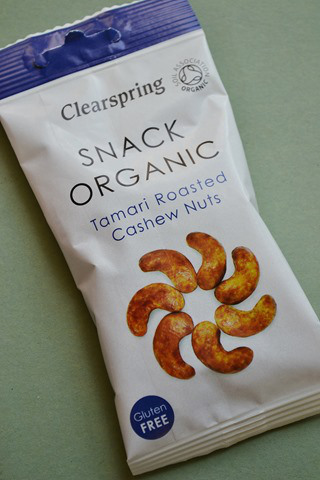

Tamari Roasted Cashew Nuts: These slightly sticky Tamari roasted nuts were my favourite of the pouches of nuts. I adore cashews and the tamari adds a lovely savoury flavour. I tossed a few on my 10-minute Raw Peanut Noodle Dish for a little crunch.
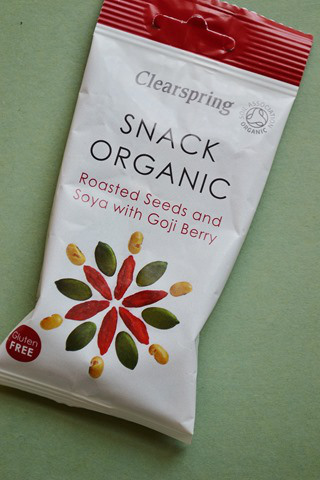
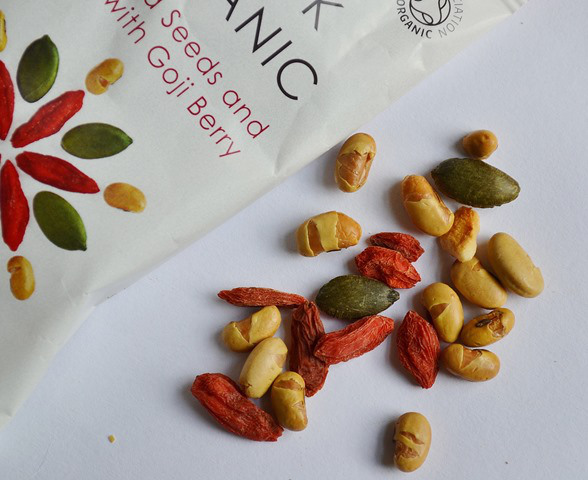
Roasted Seeds + Soya with Goji Berry
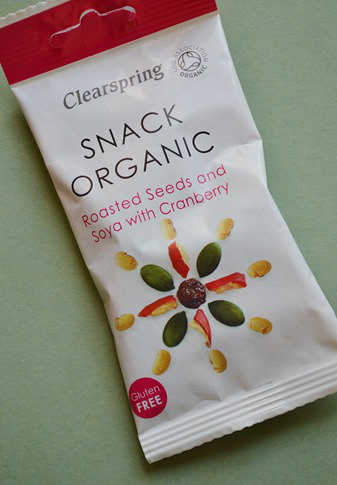
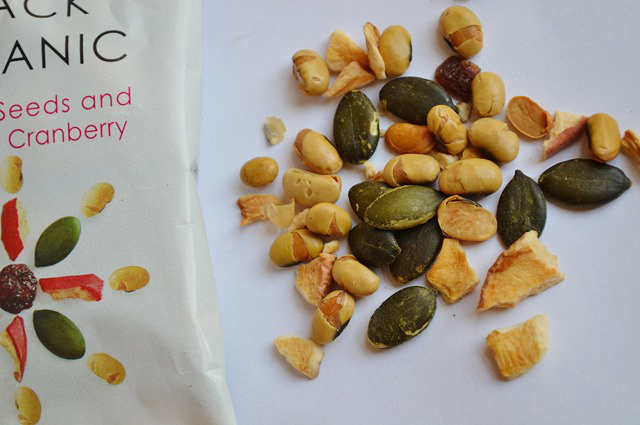
Roasted Seeds + Soya with Cranberry
Two of the snack pouches include dried fruit in the mix too, dried apple and cranberries and goji berries. Most dried cranberries are prepared with added sugar to sweeten them, but the organic cranberries used here are combined with apple juice concentrate which keeps their real fruit flavour and adds just a little sweetness. I’m a fan of sweet and savoury together so these varieties went down a treat.

Roasted Seeds + Soya
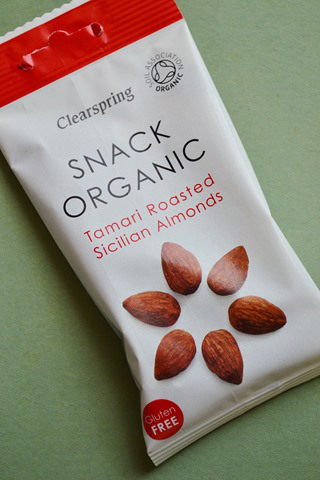
Tamari Roasted Sicilian Almonds
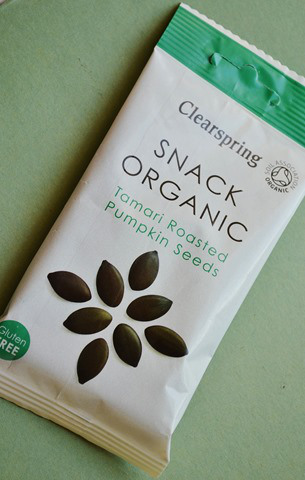
Tamari Roasted Pumpkin Seeds
The Tamari roasted pumpkin seeds and Sicilian almonds were perfect for sprinkling on salads. I found the little pouch was the perfect size for topping a large salad for two. Of course, you can just eat them from the packet too- I don’t usually eat plain nuts and seeds as a snack but the gentle roasting and tamari makes these much more flavourful and appealing to me.
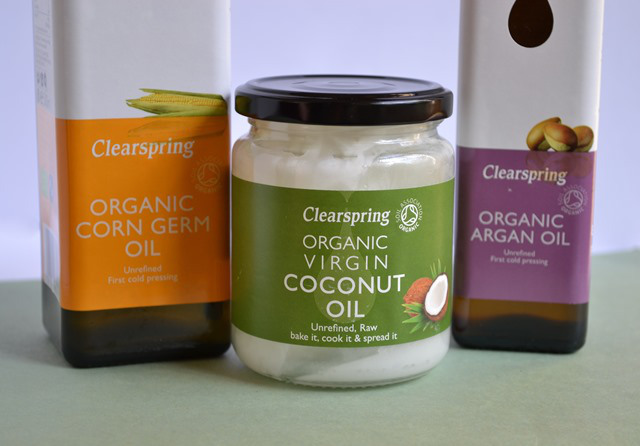
Clearspring have a range of organic cold-pressed oils too. If you’ve been reading Coconut and Berries a while you’ll know I already use and love Coconut Oil, and this one’s great quality. I was unfamiliar with these other varieties though.
Organic Corn Germ Oil: Unlike large scale and higher yielding conventional corn oil extraction where solvents are widely used as well as alkali treatments, Clearspring oils are cold-pressed to preserve nutrition and flavour. Corn-germ oil has a high smoke point so is ideal for high temperature cooking like stir-frying. Its flavour is fairly neutral I found so it’s good when you want something less obtrusive than coconut or olive oils
Organic Argan Oil: I’d heard of argan oil used in cosmetics and hair treatments so was a little surprised to see it suggested for culinary purposes. But apparently it’s one of the world’s most precious culinary oils and is produced using very traditional, labour intensive methods. Produced from the kernels of the argan tree (endemic to Morocco and UNESCO protected) it takes about 15 hours and 30kg of fruit to produce 1L of argan oil! I loved the mild, nutty taste of this oil on a grain salad, or Clearspring also suggest it as a dip for bread which sounds really good to me. It’s also worth knowing that argan oil is super high in Vitamin E, with twice the levels in olive oil, making it a powerful antioxidant.
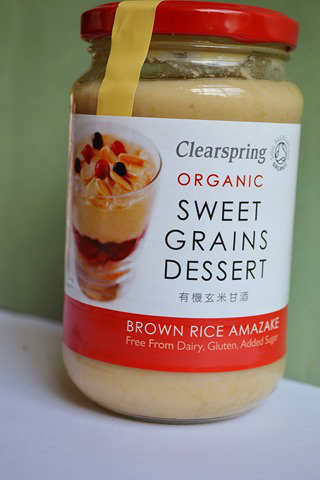
Organic Sweet Grains Dessert, Brown Rice Amazake
This was a product I’d never heard of before but has been a great discovery.
Amazake is made from just 3 ingredients- whole grains, water and salt. The traditional Japanese process uses a koji culture to convert the carbohydrates in the grains into simple sugars and magically transform them into these wonderfully thick and creamy dessert.
It’s delicious straight from the jar and in Japan is traditionally enjoyed as a sweet, hot drink, simply mixing a spoonful with hot water, but, as I’ve now discovered, it works fantastically as a sweetener in non-traditional recipes too, from smoothies to baked goods.
I’ve got a delicious recipe to share using it…but I’m afraid you’ll have to wait a little longer for it…
Other Clearspring products I use are their Japanese seasonings, tofu, soba and udon noodles and seaweeds. There are still many more I haven’t tried yet but am keen to, such as their sugar-free organic fruit spreads and organic oatcakes.
I feel good about supporting the company, not only because they’re producing fantastic vegan products, but also for their strict food and environmental standards, something which is extremely important to me.
All the products mentioned are available from Clearspring’s new online shop (UK and Ireland) and numerous other online retailers in Europe. Many of their products are also available in independent health stores and Sainsburys and Waitrose in the UK, so be on the lookout!
Have you tried any of these products? Which would you be most interested in?
Note: These products were sent to me for review purposes, but the opinions expressed are my own.
